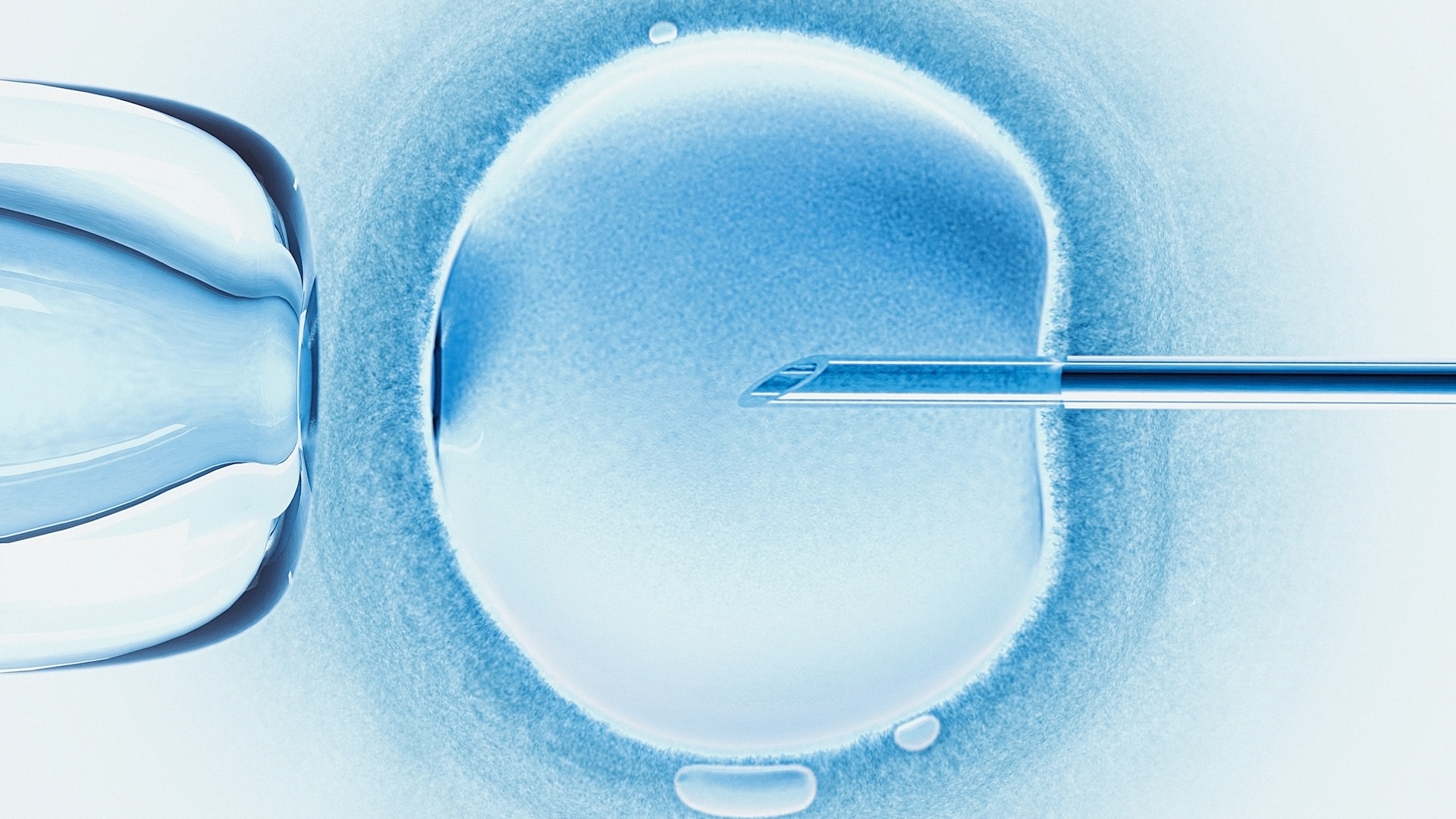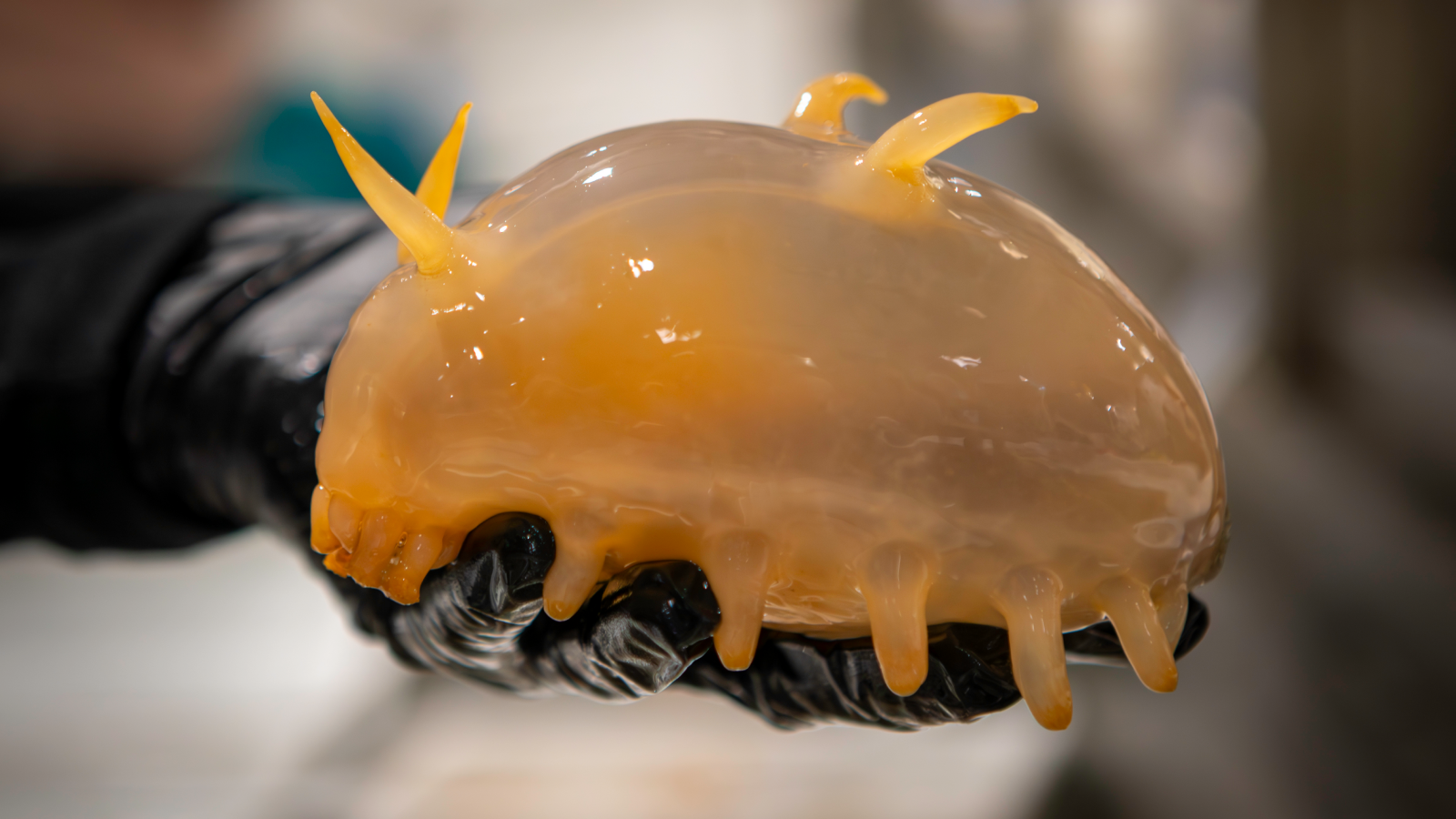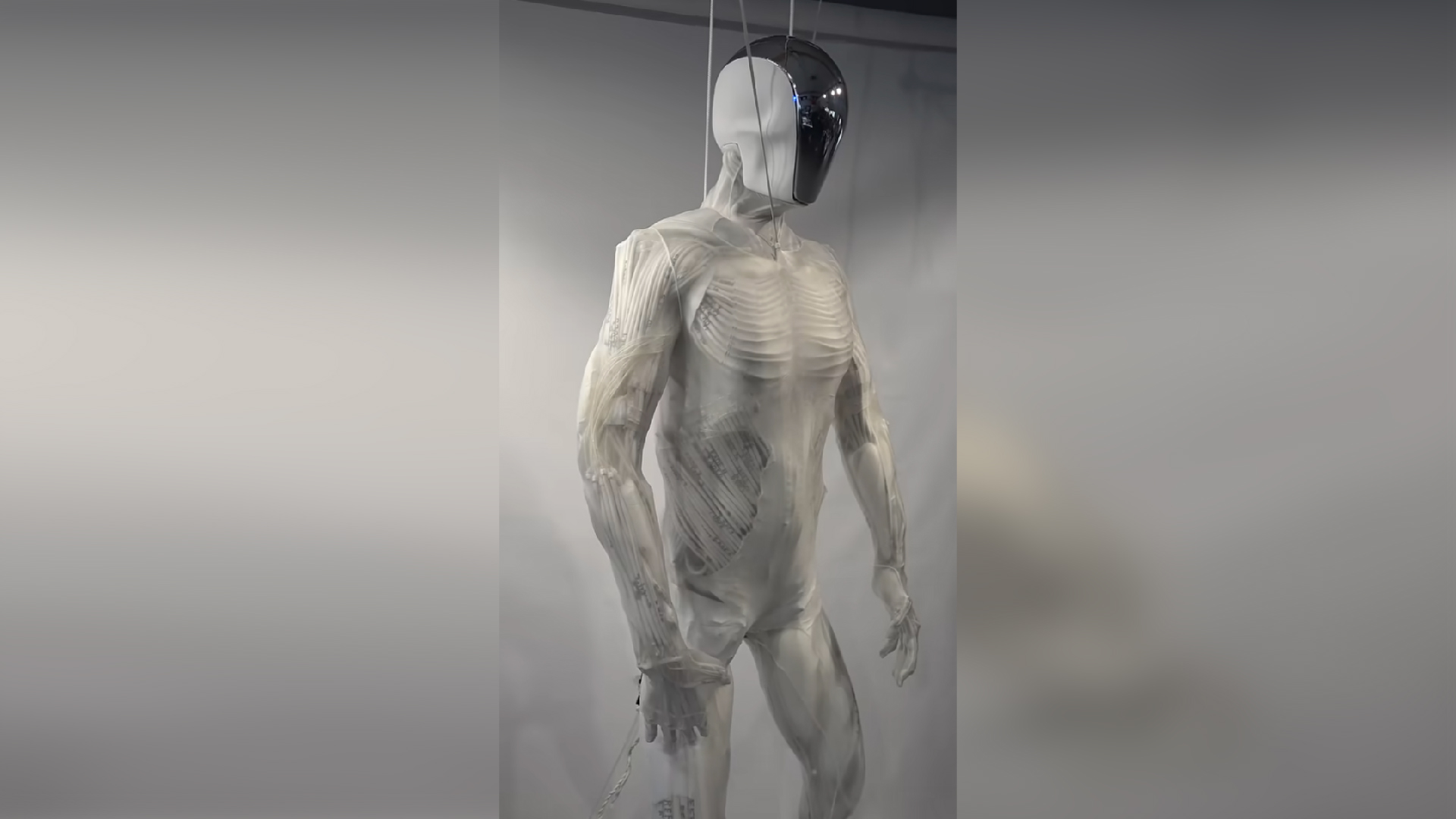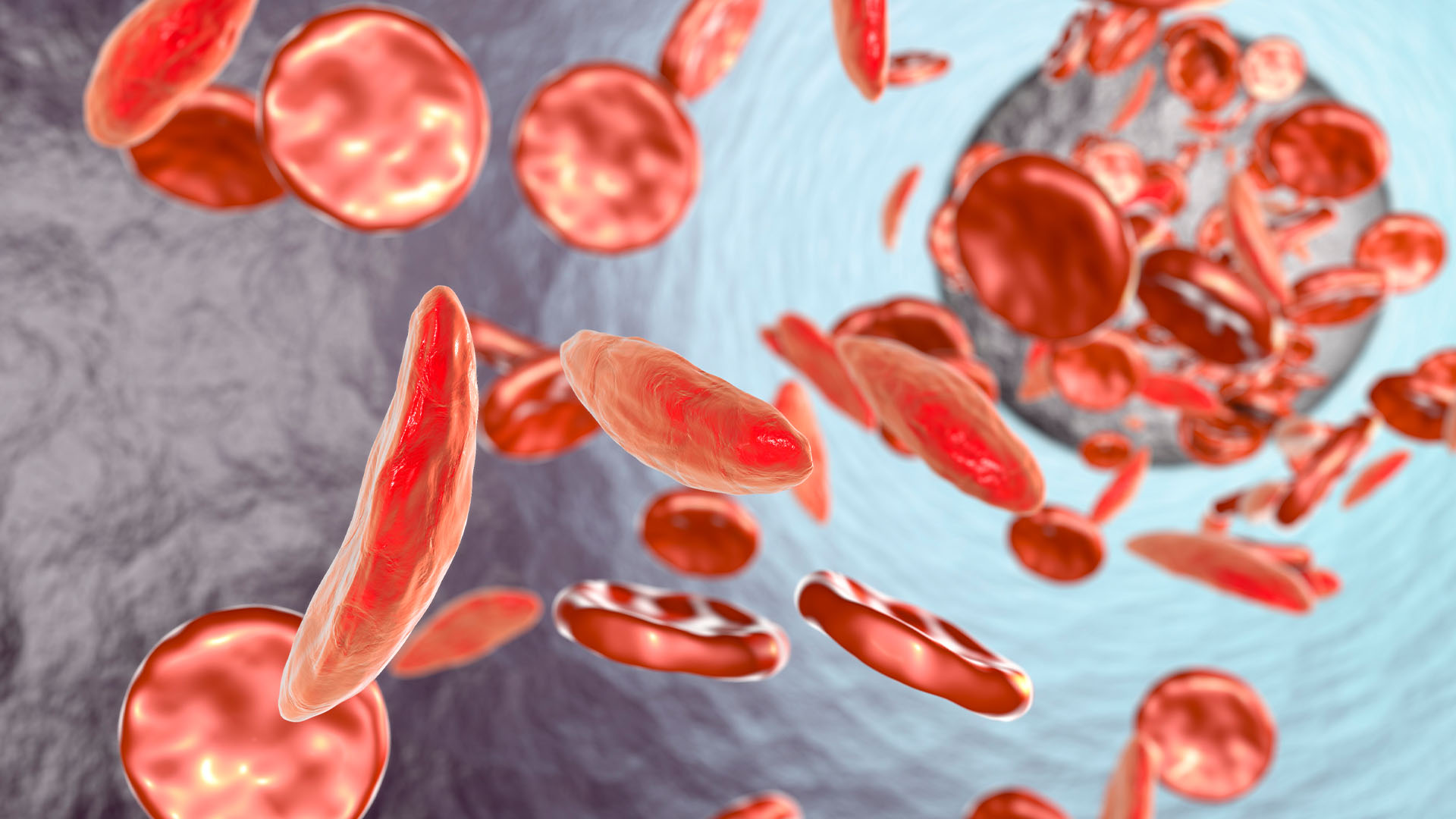World's first baby conceived with remotely operated, 'automated IVF' has been born
Performed remotely in Mexico by engineers and embryologists in New York, an automated fertility treatment resulted in conception and, more recently, a live birth.

In a world first, a baby has been born after being conceived through an IVF procedure largely completed by remotely operated robots.
This milestone serves as a proof-of-concept, standardizing a complex, precise fertilization procedure. The scientists behind the work say it could increase the success rate of one type of IVF in the future.
The embryo was created using a process called intracytoplasmic sperm injection (ICSI), a type of in-vitro fertilization (IVF) that has existed since the 1990s. In conventional IVF, an egg cell is placed in a dish amidst thousands of sperm, whereas ICSI involves injecting one sperm cell directly into an egg. The latter method is useful in the case of male infertility, in which the sperm may have trouble reaching the egg without intervention.
Now, a paper published Thursday (April 10) in the journal Reproductive BioMedicine Online, details a way of automating ICSI.
Why automate IVF?
In the study, the procedure was performed entirely by machines in Guadalajara, Mexico, while embryologists and engineers in Hudson, New York, monitored the process, initiating each step remotely. This resulted in an embryo that then successfully implanted in a woman's womb, enabling the 40-year-old patient to carry a pregnancy to term.
The technology automating the process was developed by a team at Conceivable Life Sciences, a fertility biotech company headquartered in New York City. The team designed a system that can complete the 23 steps involved in ICSI, from selecting the optimal sperm to injecting it into an egg to choosing the most viable embryos. The system does not automate the sperm or egg collection process, nor the process of introducing the embryo to the womb.
Sign up for the Live Science daily newsletter now
Get the world’s most fascinating discoveries delivered straight to your inbox.
"We have created a platform that has for the first time ever standardized ICSI," the paper's co-author Alejandro Chavez-Badiola, co-founder and Chief Medical Officer of Conceivable, told Live Science. Standardization can help reduce human error in ICSI and thus reduce the chance of egg degeneration during the procedure, Chavez-Badiola said.
"Performing ICSI for hundreds of eggs in a single day is an arduous task,” noted Dr. Erkan Buyuk, a reproductive endocrinologist and infertility specialist at RMA of New York, who wasn't involved in the research.
"Any technologic innovation that would cut down on this effort would be much appreciated in any embryology lab," Buyuk, who is also a clinical professor at the Icahn School of Medicine at Mount Sinai, told Live Science in an email.
ICSI involves selecting a sperm, immobilizing it, picking it up, and injecting it into the egg. "Everyone has their own technique" when it comes to performing this process, Chavez-Badiola said, but egg cells are very delicate and at risk of degenerating during ICSI.
Automating ICSI could reduce this degeneration by reducing mechanical resistance against the membrane of the egg — too much tension during injection can compromise fertilization or destroy the egg entirely, according to the paper.
Related: Do sperm really race to the egg?
How the automated system works
Conceivable's automated system uses an artificial intelligence (AI) algorithm to select optimal sperm to inject into the egg, based on the sperm cells' shape. A second AI algorithm then identifies the most viable embryos, assessing the appearance of their chromosomes and their potential to implant in the uterine wall.
A laser is used to immobilize sperm tails precisely at the midpoint, and a motor then pierces the egg's membrane with a single movement to inject the sperm cell. Each step of the process is initiated by a person pushing a button as they monitor the procedure unfolding.
The penetration of the sperm into the egg doesn't guarantee fertilization in either conventional IVF or ICSI, but it is, of course, a key step. From there, the fertilized egg is introduced to the uterus by a doctor and must implant to result in pregnancy.
The paper notes that this automated ICSI process takes more time compared to the manual process. It took the automated system, on average, 9 minutes and 56 seconds per egg, while the manual process clocked in at 1 minute and 22 seconds on average, per egg.
The team used a total of eight egg cells in this experiment. Five were fertilized through the new process, while three were fertilized through manual ICSI. The automated system produced four embryos from the five eggs, while all three eggs in the manual group were successfully fertilized.
Next steps
Chavez-Badiola noted that the team is continuing to improve upon the automated system.
Buyuk also emphasized that this trial marks a starting point. "Multiple studies are needed to ensure safety and efficacy of the procedure, ensuring the sperm with the highest reproductive capacity is selected while damage to the oocyte [egg cell] is minimized," he said.
Nonetheless, Buyuk and others in the field recognize the technological advance as important.
"Experienced, manual work in the embryology laboratory is a rate-limiting step in the IVF laboratory," said Dr. Emily Jungheim, chief of reproductive endocrinology and infertility at Northwestern Medicine Center for Fertility and Reproductive Medicine, told Live Science in an email. "If done right, the tools described in the paper could improve access to and scalability of IVF," said Jungheim, who was not involved in the work.
Chavez-Badiola says the "ultimate goal" is to achieve "end-to-end automation" of ICSI — however, a human will always be part of the process. For instance, embryologists would oversee the process to ensure every step goes as planned, while engineers ensure the equipment functions properly. Ideally, this innovation will "bring down the costs, improve access, and allow for more families to have the joy of children," Chavez-Badiola said.
"It's so exciting," he said. "We're making history."
Editor's note: This story was updated at 6:45 p.m. on April 14, 2025, to clarify that this is the first baby born via a remotely operated, automated ICSI procedure. The article was first published earlier the same day. Dr. Erkan Buyuk's title was also updated.
Disclaimer
This article is for informational purposes only and is not meant to offer medical advice.

Elana Spivack is a science writer based in New York City. She has a master's degree from New York University's Science Health and Environmental Reporting Program and a bachelor's from Kenyon College in Ohio. She's written for Inverse, Popular Science, BitchMedia and others.
You must confirm your public display name before commenting
Please logout and then login again, you will then be prompted to enter your display name.
Man gets sperm-making stem cell transplant in first-of-its-kind procedure
'Love hormone' oxytocin can pause pregnancy, animal study finds










